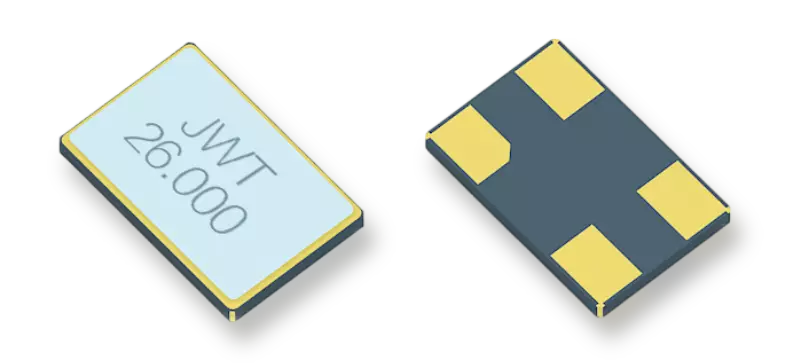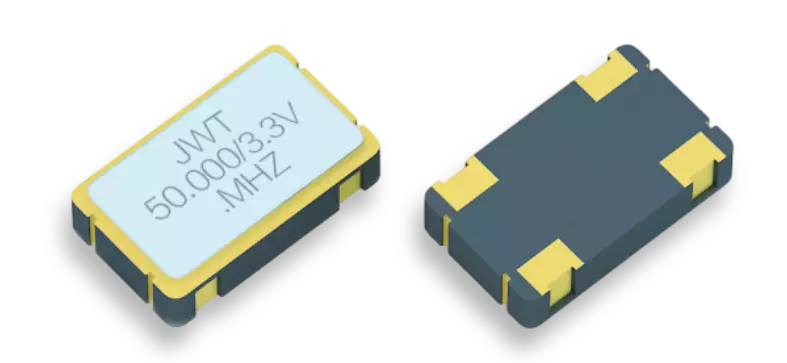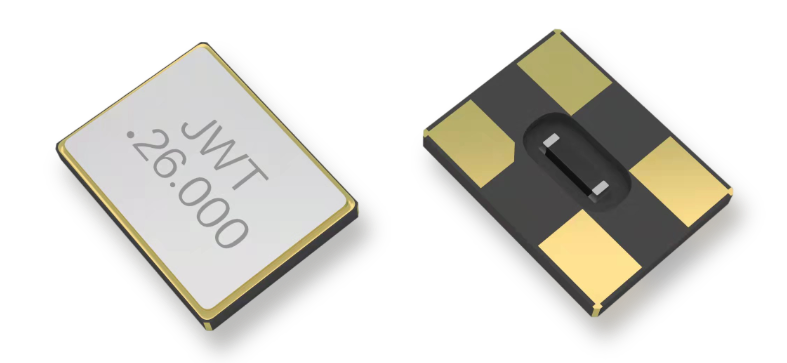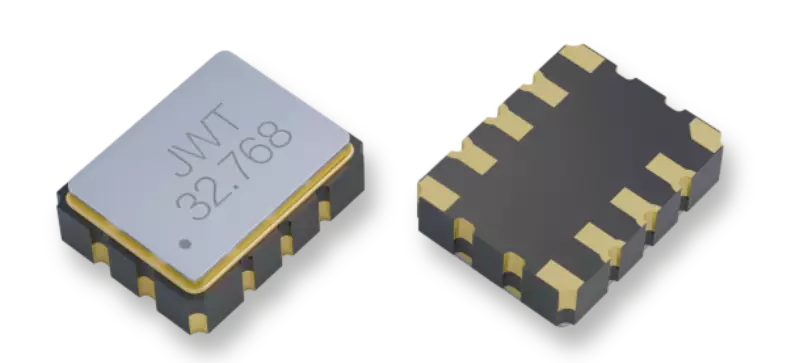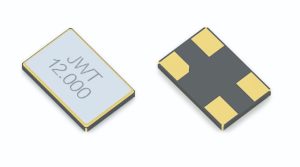The key role of crystal resonators in communication networks
Release time: 2025-05-10
With the continuous advancement of communication technology, modern communication networks have put forward higher requirements for stability, accuracy and high speed. In this regard, crystal resonators, as an important frequency control element, have become particularly critical in communication networks. This article will explore the importance of crystal resonators in communication networks and how they ensure efficient and stable operation of the network.

Basic principles and functions of crystal resonators
A crystal resonator is a device that uses crystal materials (such as quartz) to generate mechanical vibrations under the action of an electric field. Its main function is to provide a stable frequency reference to ensure clock synchronization and frequency accuracy in communication systems. Crystal resonators can maintain high accuracy under a wide range of temperature changes and environmental conditions, thereby providing a reliable frequency reference for communication systems.
In modern communication systems, any slight frequency deviation will affect the accuracy and quality of data transmission. The role of a quartz crystal resonator is to provide a stable clock signal throughout the system to avoid communication failures or data loss caused by frequency errors.
Ensure clock synchronization in communication systems
In any communication network, clock synchronization is the basis for ensuring accurate data transmission. Especially in large-scale communication networks, each node must have a consistent clock signal to coordinate the transmission, processing and exchange of data.
Crystal resonators provide a stable frequency reference for these network nodes to ensure that each device in the network remains highly synchronized. For example, in the base stations of cellular networks, crystal resonators are used for clock synchronization to ensure coordinated work between base stations and avoid interference and delay in communication.
Role in 4G/5G networks
With the widespread application of 4G and 5G networks, the bandwidth and signal transmission speed of communication frequencies are also constantly improving. In these high-frequency band environments, the system’s requirements for frequency stability have become more stringent. Crystal resonators play an extremely important role in these high-speed networks, especially in the spectrum management of 5G networks, where crystal resonators can provide the necessary frequency accuracy and stability.
For example, the millimeter wave bands (24 GHz and above) used by 5G networks require higher frequency stability than 4G. While ensuring frequency accuracy, crystal resonators can also effectively reduce signal interference and improve the overall communication quality of the network.
Ensure low latency and efficient data transmission
Low latency is one of the key features of 5G and future communication networks. To achieve low latency, communication systems need to accurately control clock synchronization in data transmission to avoid any slight delay or error. Crystal resonators ensure that data can be transmitted quickly and accurately between various network nodes by providing a precise clock source.
Taking autonomous driving as an example, real-time communication between vehicles must rely on low latency and clock synchronization to ensure traffic safety and efficiency. The precise clock control of crystal resonators enables these real-time communication systems to operate smoothly, reducing reaction time and errors.
The importance of frequency stability in high-density networks
As communication networks develop towards higher density, the increase in the number of base stations and devices makes frequency management more complex. In this environment, crystal resonators play a key role in helping to effectively manage frequency resources and avoid frequency conflicts and interference.
In 5G networks, the management of spectrum resources is particularly important. High-stability crystal resonators provide precise frequency references to ensure frequency coordination between different base stations and user equipment, thereby improving network capacity and efficiency. Precise control of frequency not only helps avoid interference, but also improves the overall performance and stability of the network.
The role of crystal resonators in modern communication networks cannot be ignored. From ensuring clock synchronization, providing frequency references to supporting low-latency, efficient data transmission, crystal resonators are key components for the stable operation of communication networks.
As a frequency device supplier, jwtcrystal will continue to be committed to providing customers with high-precision and reliable crystal resonators to help the efficient operation of global communication networks. If you have any needs or questions about crystal resonators, please contact us.

